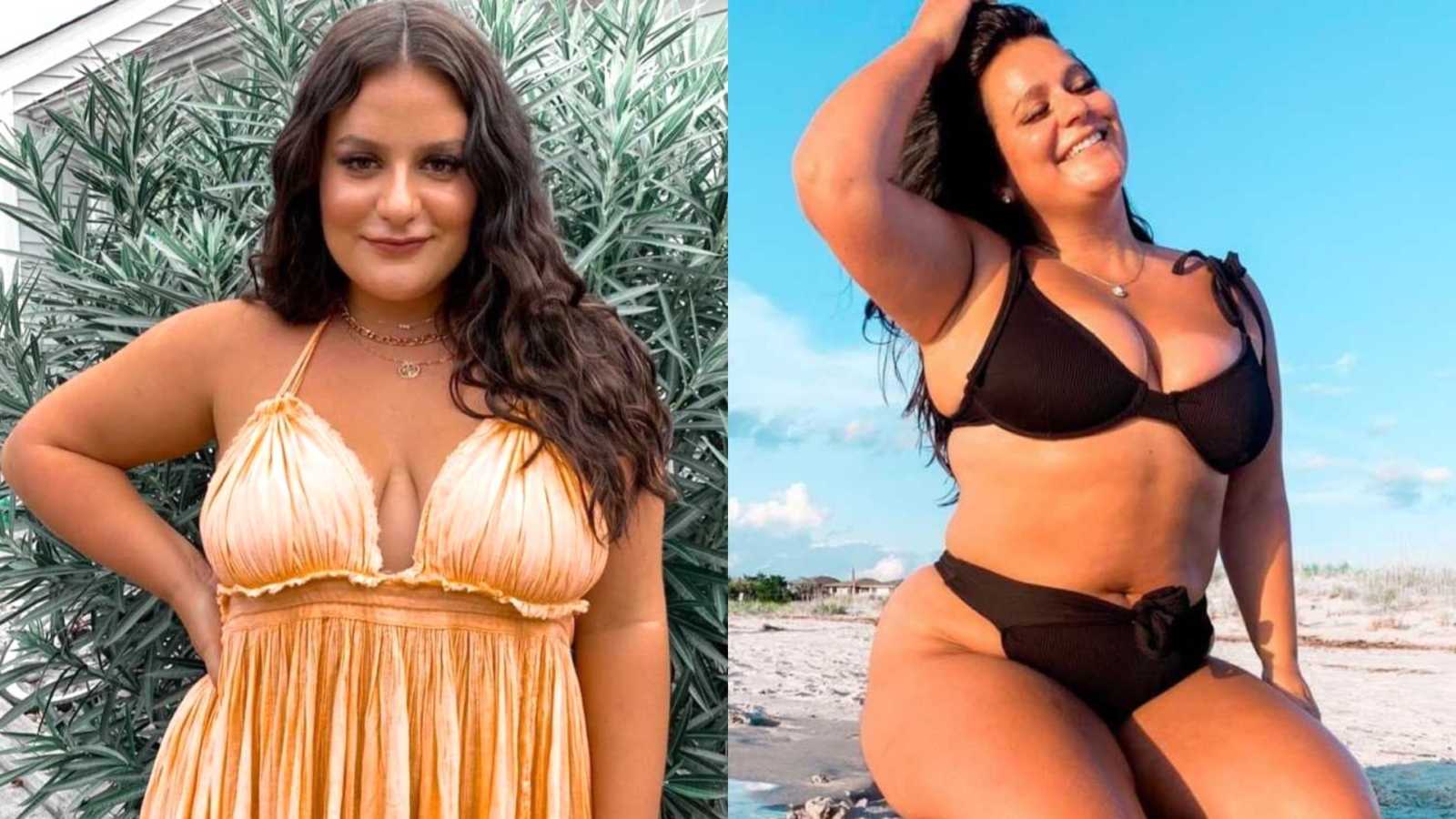Trigger Warning: This story contains mention of eating disorders that may be triggering to some.
“I started my period when I was 9 years old, in the fourth grade. It happened at school, and my mother came to pick me up because the cramps had started to hurt badly. She took me to the grocery store and piled our cart high with endless amounts of different junk food I normally didn’t eat on a regular basis. Cool Ranch Doritos, Oreos, Mac n Cheese— you name it, my mom got it. She took me home and let me pig out on those foods until I felt better, creating this sort of sense food was used as a form of comfort rather than fuel.
Because I started my period at such a young age, my body developed quite fast and with that, I also started to gain weight at a very young age. Other girls around me didn’t seem to put on an ounce of weight, no matter what they ate. Because of this, I often felt isolated from my peers. I didn’t really have anyone except my mother to talk to about how I was feeling, and since I can remember, has always instilled the idea fitness and healthy eating are extremely important for both men and women— no matter the age. I constantly read up on her health and fitness magazines, searching for the next diet to try in order to keep my weight in check.
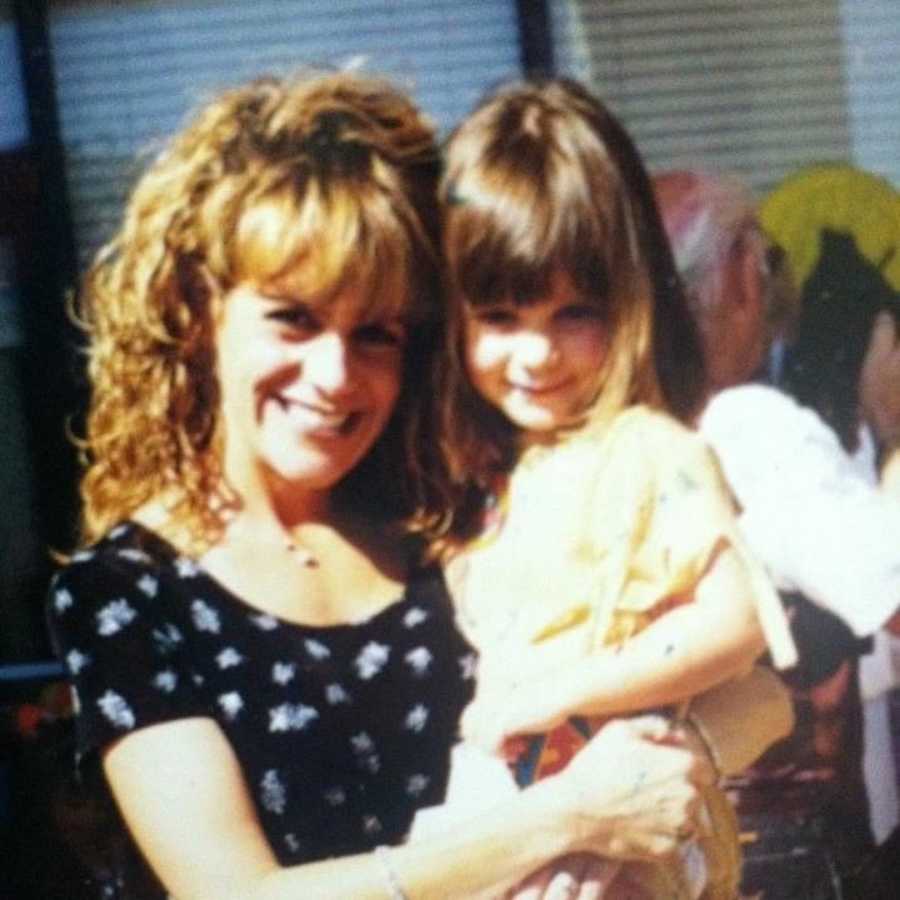
I went on my first diet when I was 9. My mother quit her job at Allstate working as an insurance rep when I was about 2 and began a job as a personal trainer and fitness instructor at our local women-only gym. Growing up, my mom was sort of a super-star in the fitness community. My parents were both incredibly active, healthy-looking individuals. Fitness has always been a huge part of my family.
When I started middle school at the age of 12, it was a completely different ballgame than elementary school. Suddenly, boys became more aware of how girls looked, and our bodies were constantly brought into question throughout various activities. When we played sports, hung out with friends, attended school events, even mingling with our classmates: a girl’s weight/body was somehow always worked into the conversation. I started to become incredibly hyper-aware of how my body looked at all times.
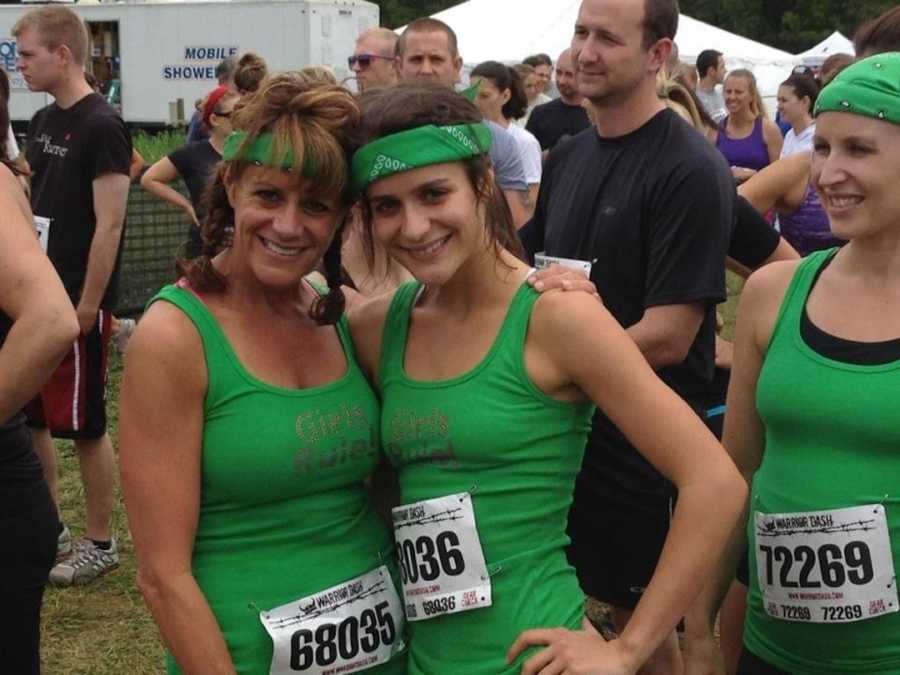
When I hit 13, I had been bingeing and purging for at least a year. But that wasn’t enough control for me. I needed to be thin. It was constantly praised. The thinner I got, the more attention I received. So I decided to quit eating altogether. It seemed to be the fastest way to lose weight, and I loved the feeling of having an empty stomach. I allowed myself to eat 6 pretzels and half an apple every day. Anything over that, I threw up. Eventually, I worked a full-on binge day into my weekly schedule. Every Friday, starting at 12 a.m., I would allow myself to eat whatever I wanted. Cookies, cake, pizza, chips, pop tarts toasted with butter, ice cream, you name it. I had Doritos for breakfast. I dreamed about and awaited my cheat day every single week. I lived for my Fridays. At the end of the day, when 12 a.m. Saturday was approaching, I would stuff myself to the point of being physically ill. Then, after everyone was asleep, I would make my way to the bathroom, and spend the next 30 minutes purging the food I ate. Sticking my finger down my throat, until I was absolutely sure there was nothing left. It took a lot out of me, so I never planned to do much the following day.

And that’s how my life was. Starving myself Saturday through Thursday, only allowing a steady diet of six pretzels a day and half an apple. Occasionally, I would slip up, and eat more than I allotted myself to; that food had to be purged. Then Friday came, and I would essentially blackout for almost an entire 24 hours, never truly being able to recall exactly what I ate. That was my life. I lived for food. The way it made me feel, the way I could control it. Not to mention, I was running 6 miles every morning before school, and would occasionally convince my parents to let me stay home because I was ‘sick’ so I could binge in private off of my normal schedule.
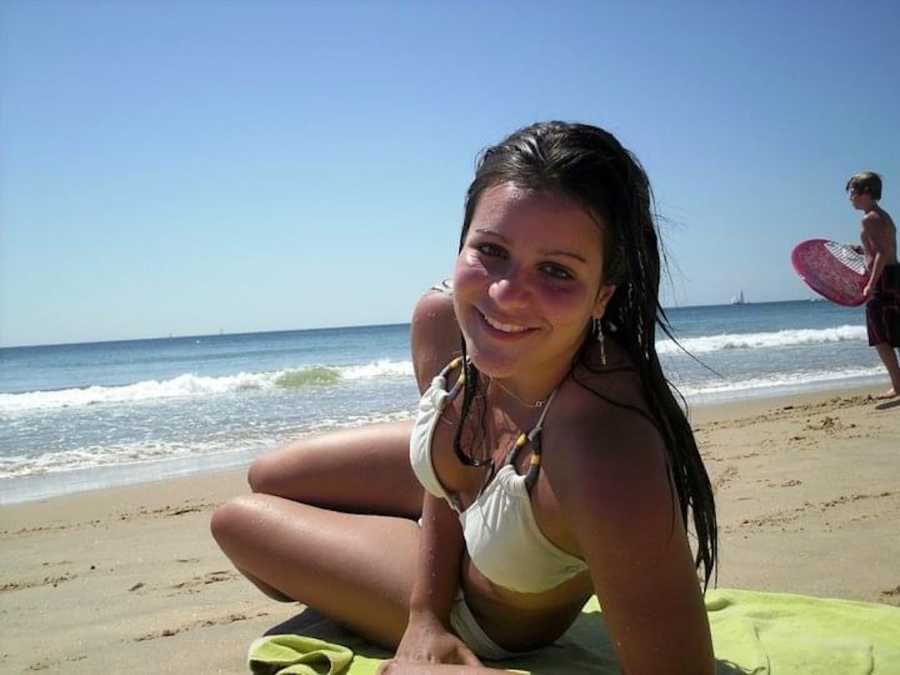
Of course, my rapidly changing body was noticed by family members and friends. I had passed the point of being at a healthy body weight for my body, but it was never quite enough. Every compliment, concern, and surprised look from my family and friends just fueled me to keep going further. I loved the attention it brought me. People wanted me to eat. My father begged me to eat. It was always ‘don’t eat so much’ or ‘don’t eat that,’ but now, it was the opposite. And I loved it.
My freshman year of high school brought my lowest weight to date, around 105 pounds. That spring, my family presented me with an intervention to convince me to finally seek treatment for my undiagnosed but incredibly obvious eating disorder. I had been caught purging on several occasions prior to that year, so it was inevitable my parents would be brought to a breaking point. I was entered into outpatient treatment for the next year, and my life went on. I put on about 50 pounds of recovery weight my first year and went through a relapse when I was 19. Up until November of 2019, I had let my eating disorder control my life. I never truly thought it would be something I could get away from. It ruled every thought, every relationship, every business venture. When I heard people say they were truly ‘recovered’ from their eating disorder, I thought it was a bunch of B.S. Until I discovered the process of going ‘all in.’
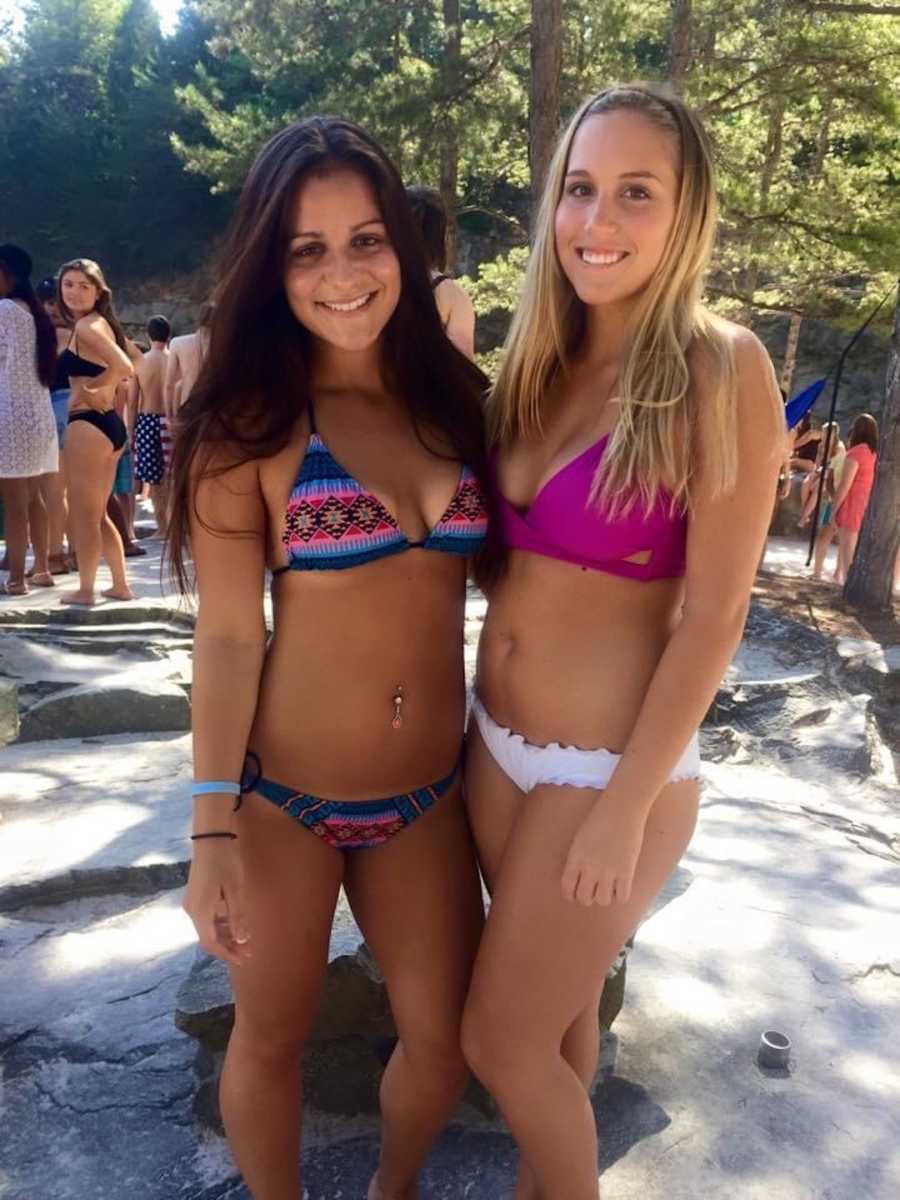
Essentially, the process is pretty straightforward. Abandon any and all dieting practices for good, cold turkey, and eat what you want, when you wanted it. The same went for working out. Worked out when you wanted, when you wanted.
Doing what you wanted. I had learned about the All In process from Nicola Rinaldi, a Ph.D. who specialized in eating disorder recovery. Of course, the idea of letting go of diet culture once and for all scared the living crap out of me. What would my parents think when I gained weight? My boyfriend? My friends? My followers? At the time, my Instagram had about 3,000 followers, and it wasn’t something I really ever thought would be as much a part of my life as it is now. My Instagram was an outlet for me to share my journey and hope it would resonate with just one person.
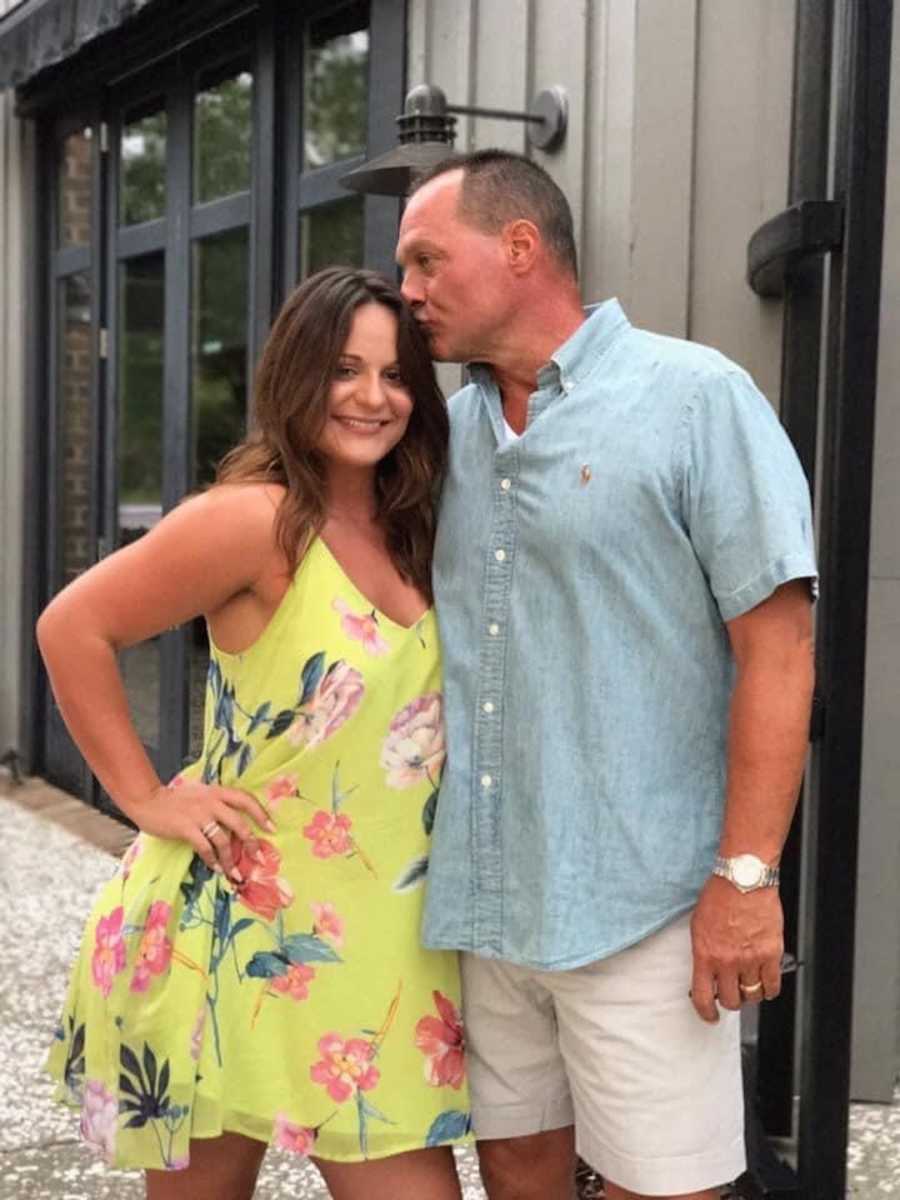
As I began my ‘all in’ journey, I didn’t experience a big spike in weight gain as I originally had thought I would. No, instead, my skin began to clear up. My energy levels were skyrocketing, my self-confidence started to soar. I quit the gym and began working out from home, experimenting with different forms of exercise as I pleased, and worked out with little to no equipment. I began to fall back in love with exercising because it made me feel good; not because I hated my body. I was eating food that tasted good to me, but also provided me with the nutrients my body required.
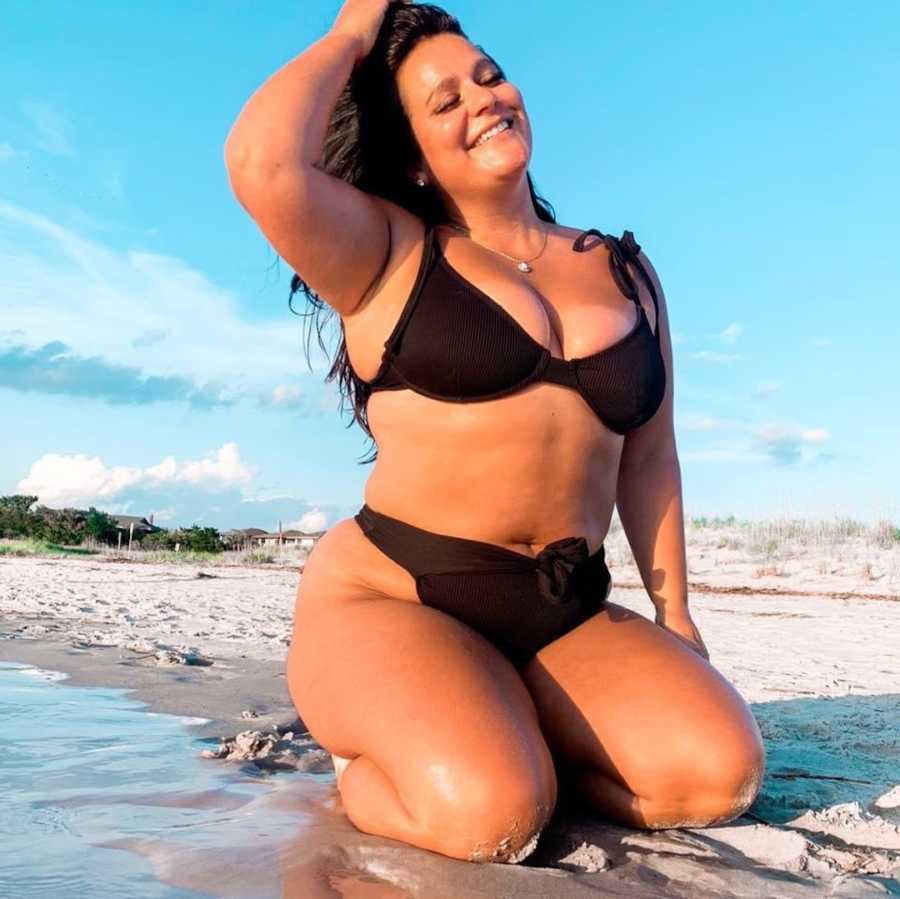
My entire life began to slowly evolve into something I had only ever dreamed of being a possibility. I began to feel as though I was truly living in a body I genuinely loved and accepted, instead of feeling as though I was simply just existing. My body didn’t gain a ton of weight, and I didn’t lose weight, either. It just started to feel better. And to be honest, I just looked better. I loved looking in the mirror. I was proud of what I saw. I am proud of what I see. I don’t think about food all the time anymore. I eat when I’m hungry, and stop when I’m full. I intuitively exercise and have discovered I love YouTube dance workouts. I’m running a successful business as a Lifestyle and Wellness Coach, helping other women in my former shoes discover a life free from diet culture. My Instagram has grown into something I truly never expected, with a community of supporters and friends I get to talk to every day as though they’re here with me in person.
It took me over two decades to finally come to peace with my body, and I can’t waste time wishing I had done it sooner. I don’t get that time back. Only the time here, today. So I’m gonna make sure it’s well spent. My battle with my eating disorder will be something I fight every day for the rest of my life. But I’m ready. And I’m ready to help other men and women fight in their battles, too.”
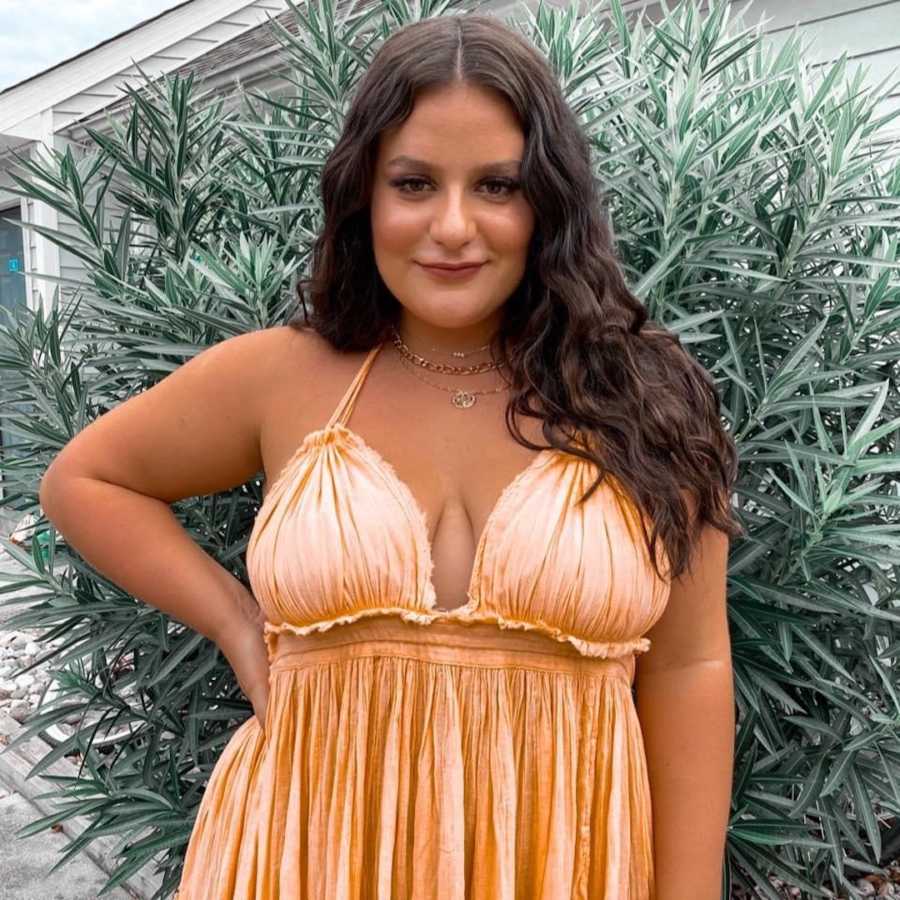
This story was submitted to Love What Matters by Taylor Bosman. You can follow her journey on Instagram. Submit your own story here and be sure to subscribe to our free email newsletter for our best stories, and YouTube for our best videos.
Read more stories like this:
Provide hope for someone struggling. SHARE this story on Facebook to let others know a community of support is available.

